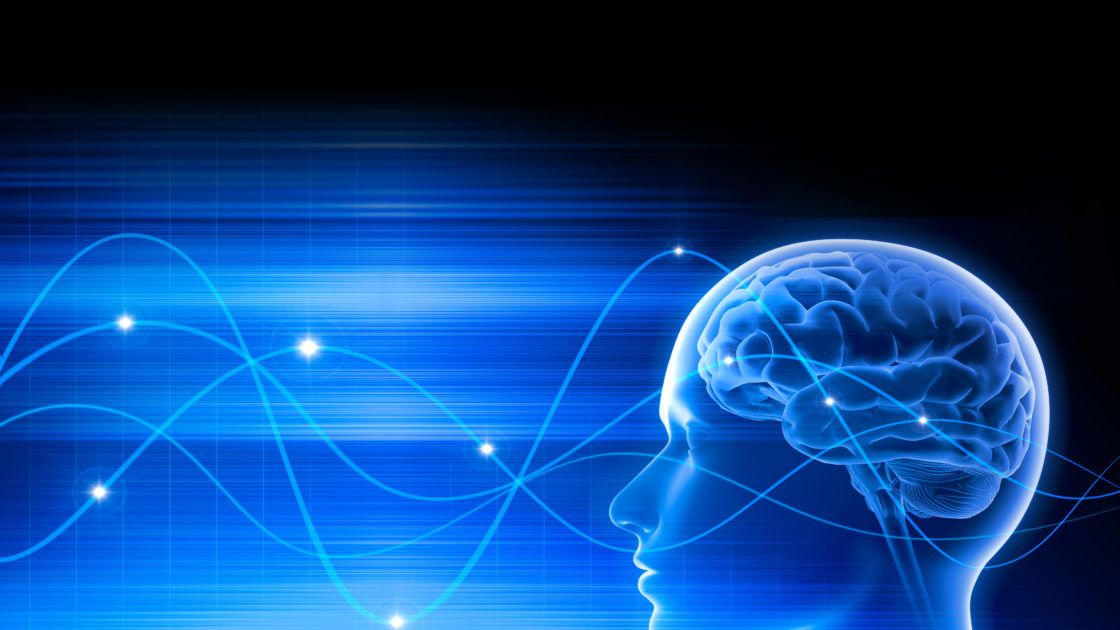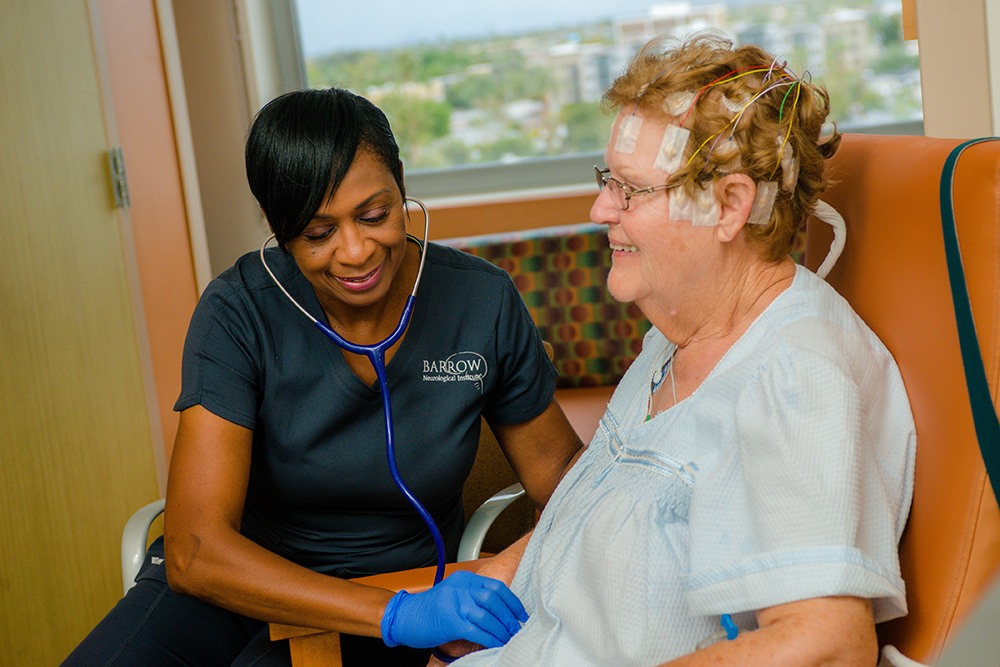
Understanding Neurodiagnostics: EEG and IONM
In honor of Neurodiagnostic Week 2022, recognized from April 17 to 23, we’re answering frequently asked questions about electroencephalogram (EEG) and intraoperative neuromonitoring (IONM).
EEG

What is an EEG?
EEG is short for electroencephalogram. It is a test used to detect abnormalities in your brain waves, similar to how an electrocardiogram (EKG) captures electrical signals from the heart. The brain also emits electrical signals but in a much more complex way. The brain tells us what’s wrong through the waves captured on an EEG, and physicians can interpret the frequencies of those waves to diagnose a myriad of disorders.
What should I do/not do before an EEG?
Depending upon what type of EEG test your physician ordered, there are a few simple things you must do before your test:
1. Wash your hair with shampoo and arrive with it dry. Do not use any conditioners or styling products on your scalp prior to your appointment. A clean scalp helps the electrodes stay in place and provide an accurate recording.
2. If your doctor ordered a sleep-deprived test, sleep half the hours you normally would the night before. We need to capture sleep data during the test, and it is best if you’re very tired. That also means no caffeine prior to your test. Do take all your medicines as prescribed by your physician, unless you were specifically told not to.
3. Do relax, as this test is not invasive. There is no discomfort other than feeling some paste/gel adhering to your scalp/skin. The electrodes collect information, but they do not send anything to the brain.
What does an EEG diagnose?
An EEG is mainly used to diagnose seizures disorders. However, it can also be used in the diagnosis of sleep disorders, brain tumors, brain injury, brain infections, dementia, stroke, and many other conditions.
IONM

What is IONM?
IONM stands for intraoperative neuromonitoring. It is a procedure that’s performed in the operating room to protect patients during surgery. IONM enables the continuous monitoring of a patient’s central nervous system (their brain, spinal cord, and nerves) when the surgical procedure might pose a risk of neurological injury.
What is the purpose of IONM?
Surgeons engage the services of the IONM team to get real-time information about how the central nervous system is responding to being disturbed during surgery. If neurological injury occurs, the IONM team lets the surgeon know right away. This lessens the chances of long-term damage.
How does IONM work?
A technologist attaches electrodes to different parts of the patient’s body, such as their wrists, ankles, scalp, or certain muscle groups. These electrodes record responses of the nervous system. If the responses change from their baseline at any point during surgery, the IONM technologist immediately sees the change and alerts the surgeon.
